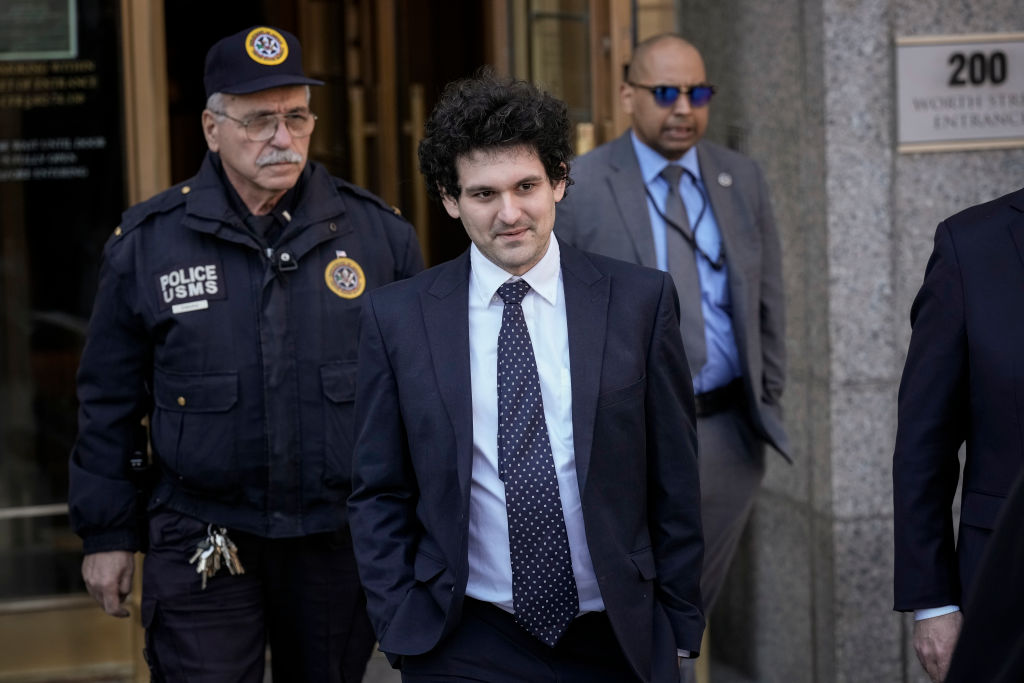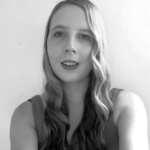FTX founder and former CEO Sam Bankman-Fried took to the stand for a second time to testify in his criminal trial — this time in front of the jury.
In a rare move Thursday, U.S. District Court Judge Lewis Kaplan heard a preview of Bankman-Fried’s testimony. That allowed the judge to decide what would and wouldn’t be admissible, as Bankman-Fried’s lawyers attempt to lean on a presence-of-counsel defense.
Prior to the jury entering the courtroom Friday morning, Kaplan ruled that the lawyers could only use this defense on the matter of data protection policies, according to a live blog of the trial from court reporting organization Inner City Press. This permission would not extend to the four other instances where lawyers had drafted what Kaplan called “plain vanilla legal opinions.”
Bankman-Fried had testified Thursday that he felt comfortable with making decisions based on advice from FTX’s general counsel, Can Sun and Dan Friedberg. Those decisions included installing an “auto-delete” function on business-related group chat messages and the setup of hedge fund North Dimension Inc., a subsidiary of FTX-sister company Alameda Research believed to be key in the alleged misappropriation of customer funds.
In front of the jury, Bankman-Fried recounted the origins of both the founding of crypto exchange FTX and Alameda. Facing criminal charges of wire fraud and securities fraud among others, Bankman-Fried denied defrauding anyone in relation to the operation of the two companies. In his testimony he shared his side of the story, explaining his decisions on marketing, political donations, venture investments and style choices.
One line of questioning was the 19-year US$135 million naming rights deal FTX secured with Miami-Dade County for the Miami Heat NBA bastketball team’s home arena, now renamed the Kaseya Center.
“Miami Dade Arena — how did that come about?” asked Mark Cohen, Bankman-Fried’s defense lawyer.
“Names of stadiums in America are widely known. I as an average level sports fan could name them, even if I’d never been,” said Bankman-Fried, describing why buying the naming rights to the arena was a good idea.
During his testimony, Bankman-Fried placed the blame for the FTX collapse on his inner circle, including Alameda Research CEO and Bankman-Fried’s former romantic partner Caroline Ellison — who was a star witness for the prosecution — and Ramnik Arora, FTX’s head of product and an investor at FTX Ventures.
Bankman-Fried told the jury how he urged members of the inner circle to hedge certain investments and how he was “surprised” when Ellison informed him in the summer of last year that Alameda Research may have just gone bankrupt. He described how a bug in FTX’s code made it seem as though the firm had US$16 billion in debt, but it was in fact only US$8 billion.
“Nishad [Singh] said there had been an US$8 billion bug,” Bankman-Fried said. “I told them to fix the bug and the system underlying it. I thought it could not have been very robust if it had allowed the bug.”
Cohen expects Bankman-Fried’s witness testimony to take until Monday morning before he hands over to the prosecution for cross examination. The prosecution said the cross examination may then go into Tuesday.






